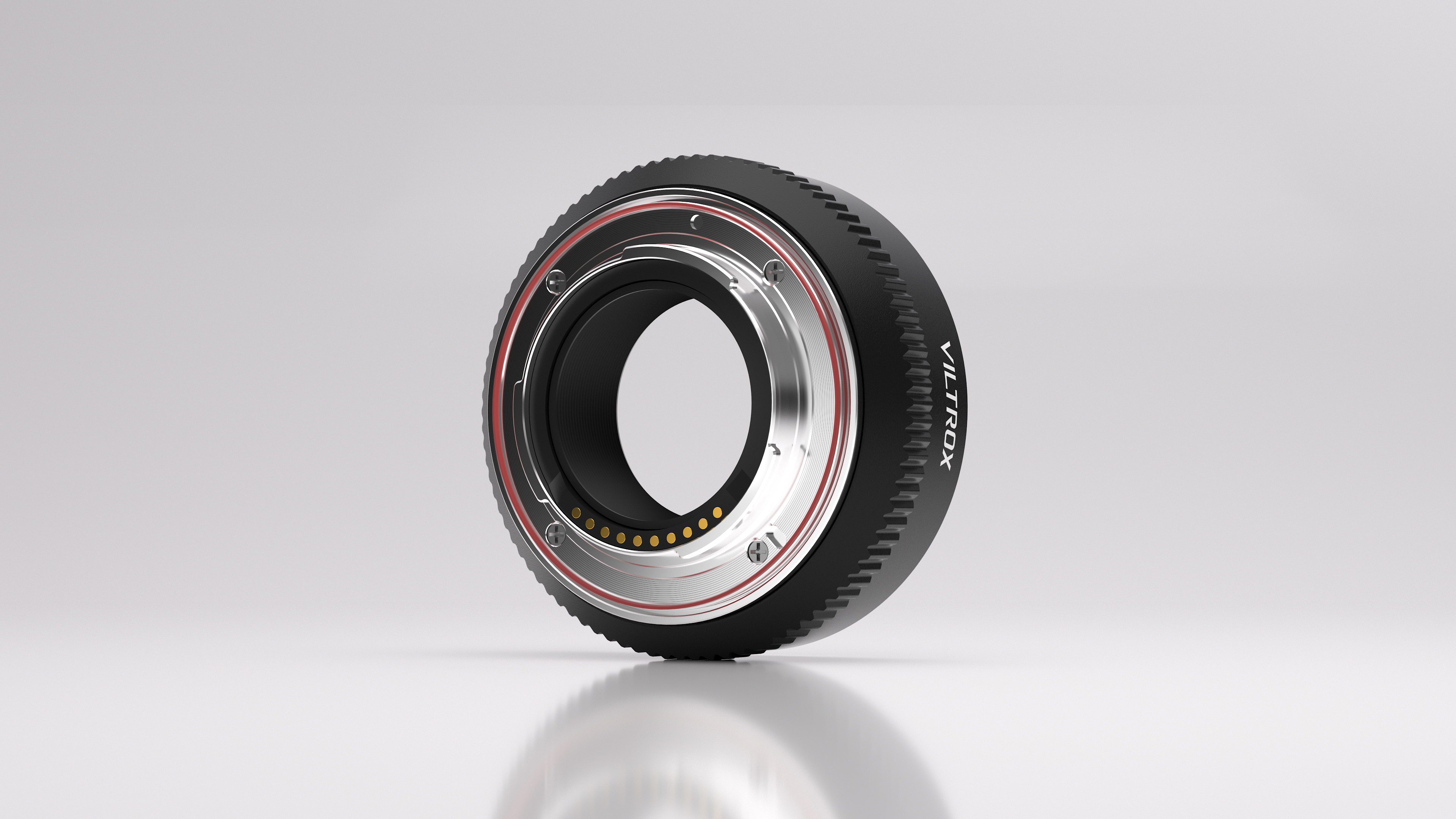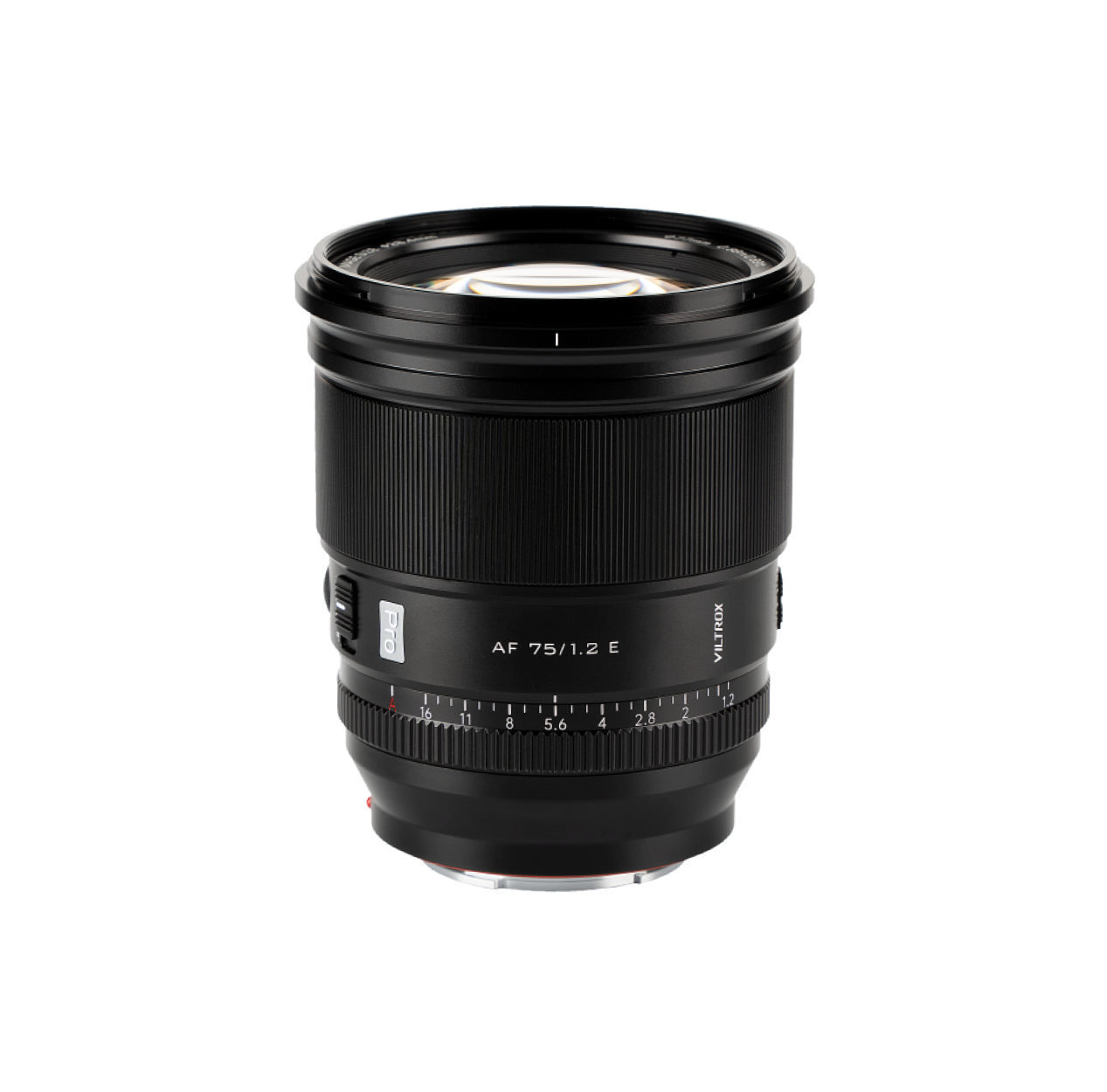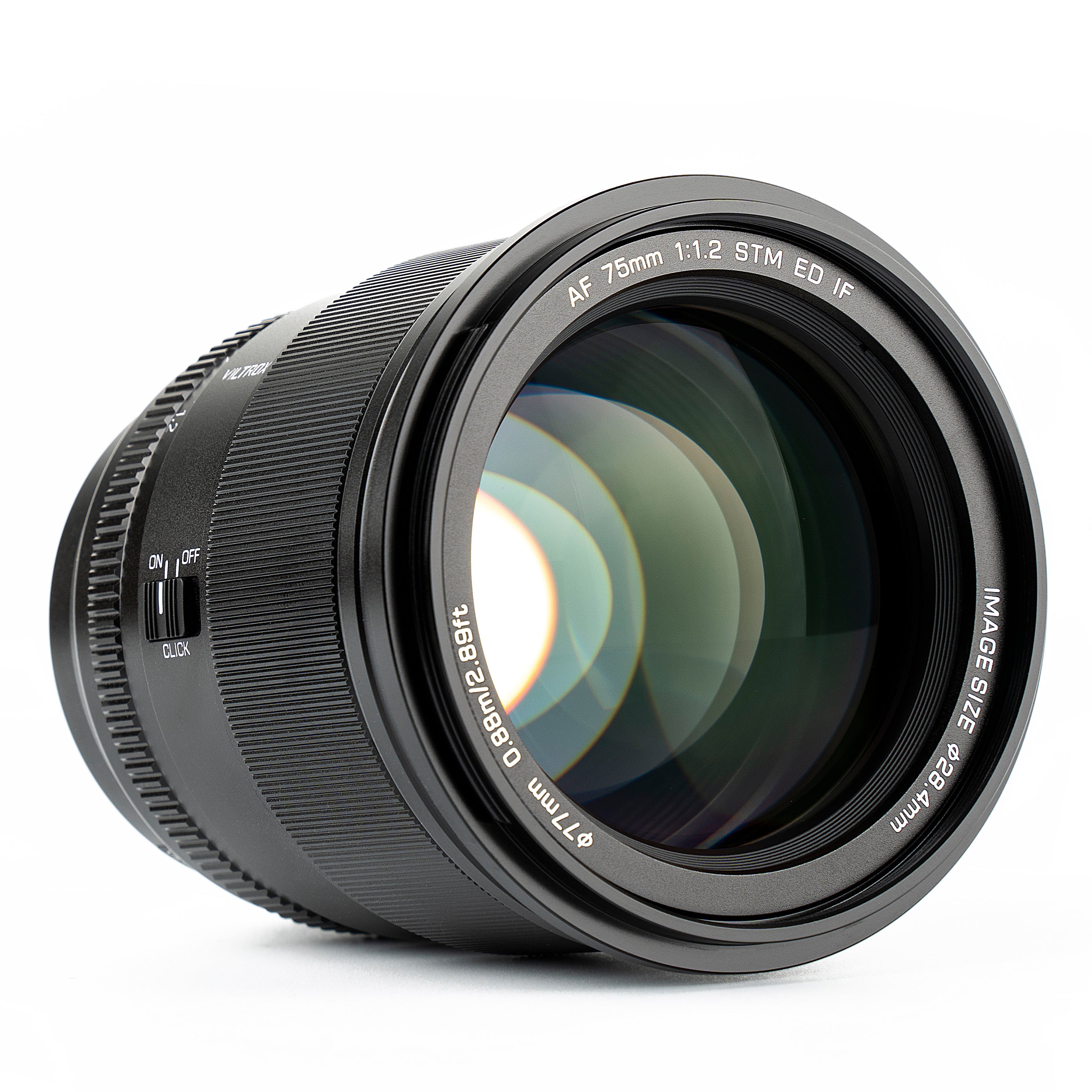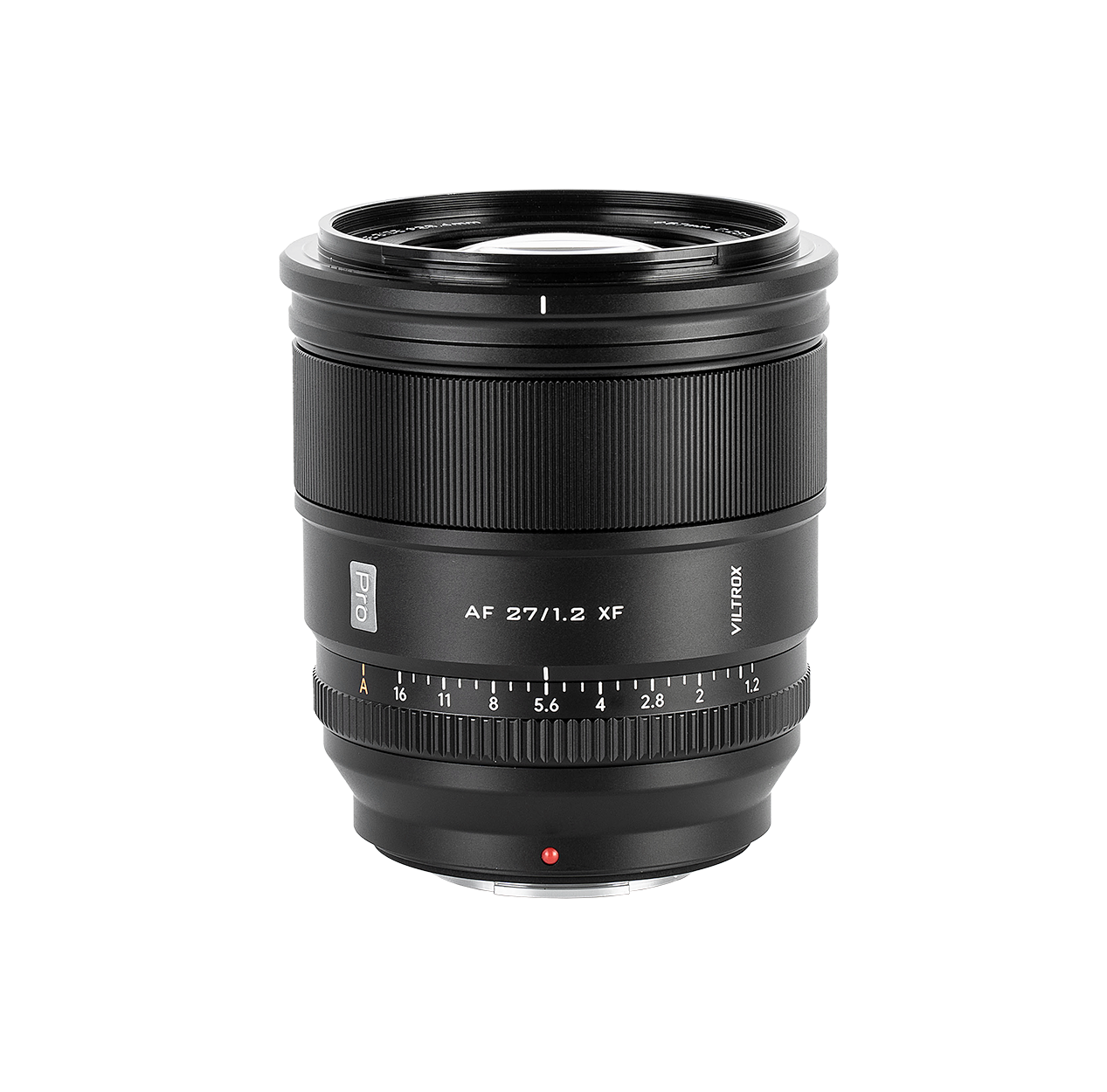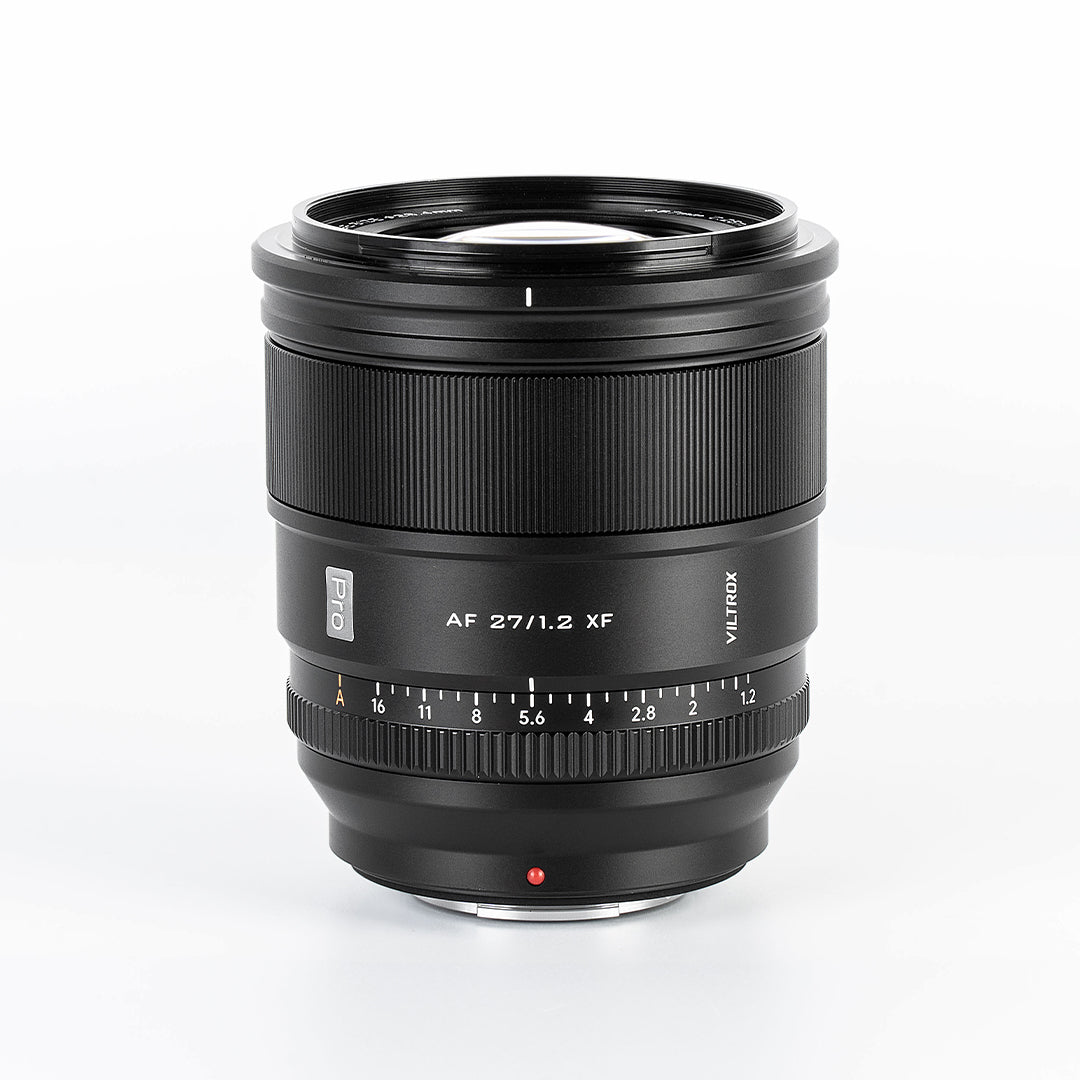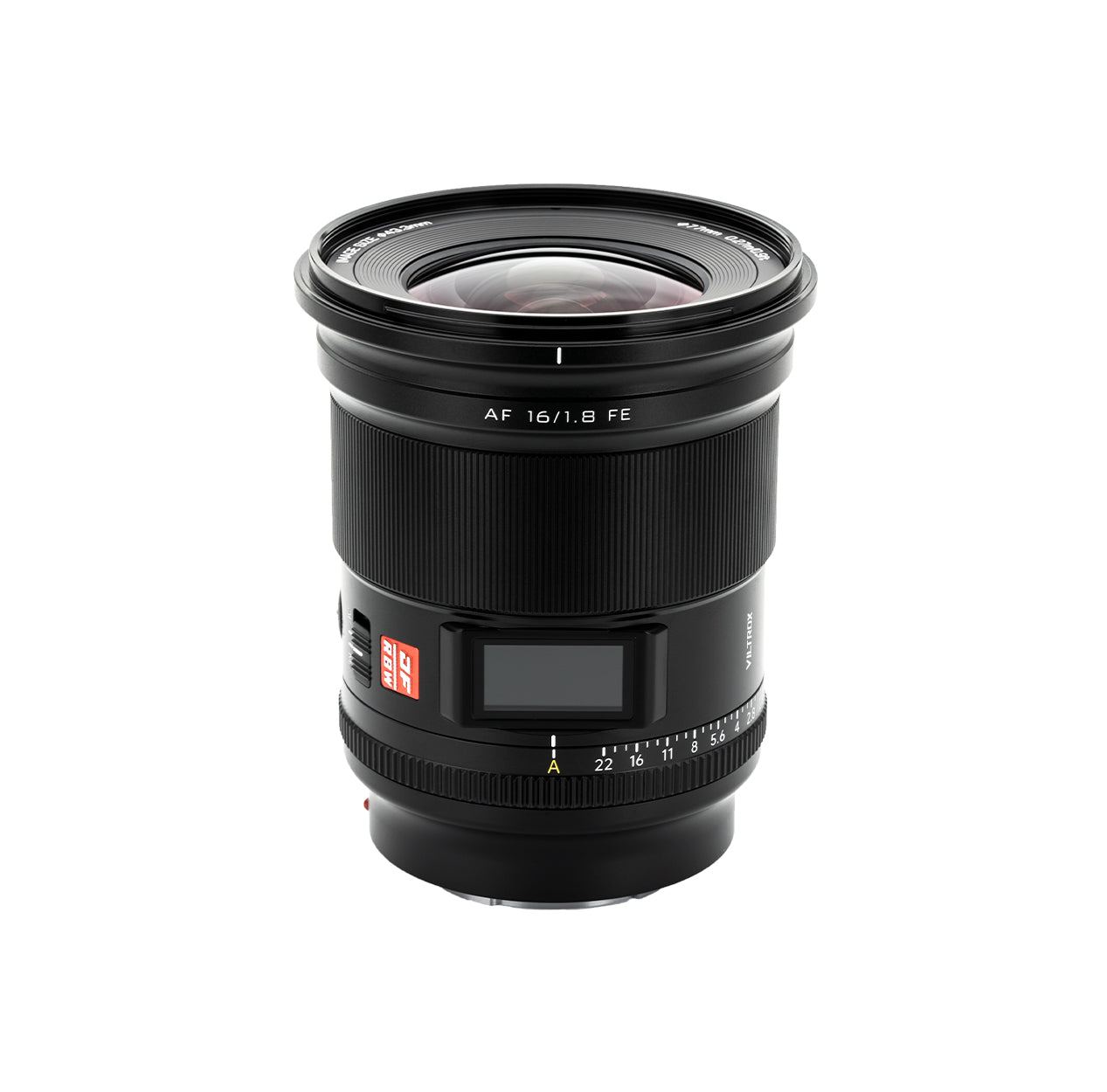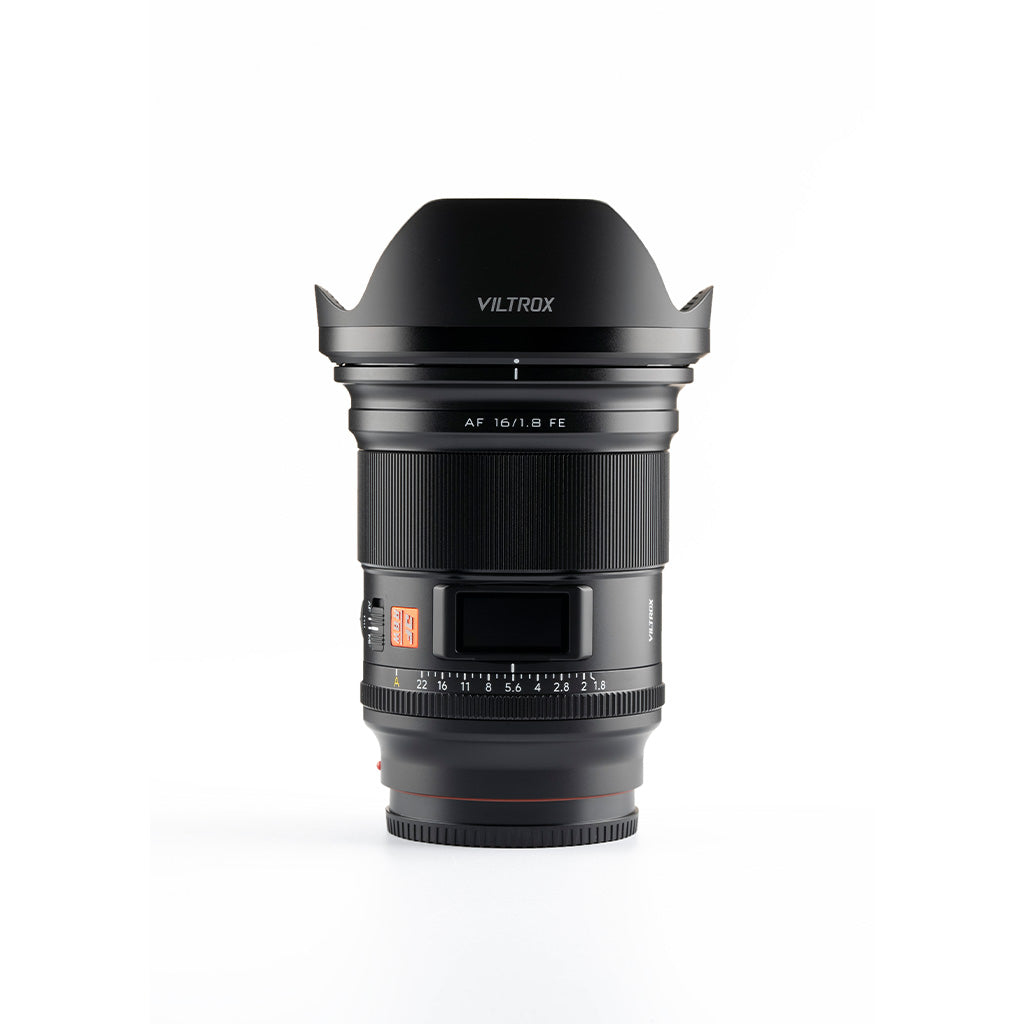Camera Mounts: A Comprehensive Guide
When it comes to cameras, one important aspect that often goes unnoticed is the camera mount or bayonet mount. It is a mechanism that connects the camera body to the lens and plays a significant role in determining the compatibility and functionality of the camera system. In this article, we will explore the different types of camera mounts and their features.

-
Canon EF Mount
The Canon EF mount is a popular mount for Canon cameras and is compatible with full-frame and APS-C sensor cameras. It has a flange distance of 44mm
-
Nikon F Mount
The Nikon F mount is a mount for Nikon cameras and is compatible with both full-frame and APS-C sensor cameras. It has a flange distance of 46.5mm
-
Sony E Mount
The Sony E mount is a mount for Sony mirrorless cameras and is compatible with full-frame and APS-C sensor cameras. It has a flange distance of 18mm
-
Micro Four Thirds Mount
The Micro Four Thirds mount is a mount for mirrorless cameras from Olympus and Panasonic. It has a flange distance of 19.25mm
-
Fujifilm X Mount
The Fujifilm X mount is a mount for Fujifilm mirrorless cameras and is compatible with APS-C sensor cameras. It has a flange distance of 17.7mm
-
Leica M Mount
The Leica M mount is a mount for Leica rangefinder cameras and is compatible with full-frame sensors. It has a flange distance of 27.8mm.
-
Pentax K Mount
The Pentax K mount is a mount for Pentax DSLR cameras and is compatible with full-frame and APS-C sensor cameras. It has a flange distance of 45.46mm
-
Canon RF Mount
The Canon RF mount is a new mount for Canon mirrorless cameras and is compatible with full-frame sensors. It has a flange distance of 20mm
-
Nikon Z Mount
The Nikon Z mount is a new mount for Nikon mirrorless cameras and is compatible with full-frame sensors. It has a flange distance of 16mm

With the exception of the Leica M mount, all of the above mounts allow electronic communication between the camera body and the lens for autofocus and aperture control. Sigma, Leica, and Panasonic worked together to create the L-mount system and set up the L-mount alliance to form an extremely rich group of L-mount cameras and lenses.
Additional content.
Flange distance

Flange distance for the lens, the flange focal distance is the distance between the lens infinity focus, the lens bayonet plane to the ideal image plane of the lens (i.e. lens focus).
For the body, the flange focal distance is the distance between the bayonet and the focal plane (i.e., the plane where the CCD or CMOS is located). Of course, the same mount, the body flange focal length and the lens flange focal length is equal, that is, a mount only a flange focal length.
Lens Adapter
Generally speaking, camera bodies and lenses need to have the same mount to be used together, but in order to expand the lens group and to allow lenses of different mounts to be used on the same body, adapter rings have emerged.

The adapter ring allows more and more lenses to be used on different cameras by way of an adapter. For example: most SLR lenses can be transferred to mirrorless bodies, Canon's EF-mount and Nikon's F-mount lenses can be easily transferred to Sony E-mount bodies.
Because of the lens flange distance, not all lenses can be transferred through the adapter ring, for example: Canon's EF lens can not be transferred to the Nikon SLR body, no matter how you transfer, autofocus and metering can not be achieved.

In conclusion, camera mounts are an essential aspect of cameras that determine the compatibility and functionality of the camera system. Different mounts offer various features, such as electronic communication between the camera body and lens, manual adjustments, and compati bility with specific sensors. As a photographer, it is essential to understand the different types of camera mounts to make informed decisions when purchasing cameras and lenses.

